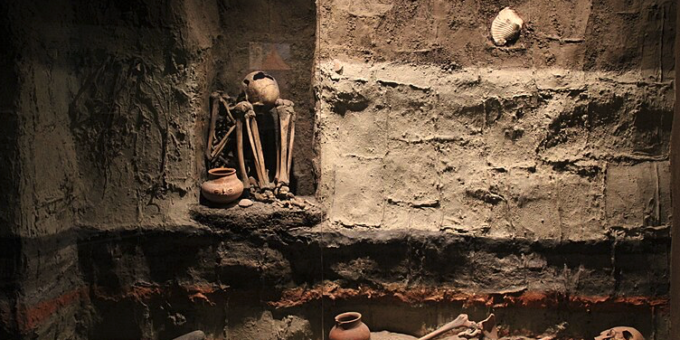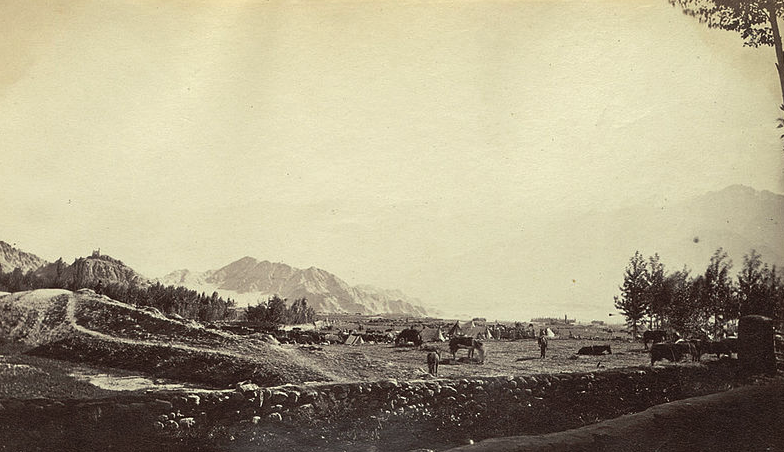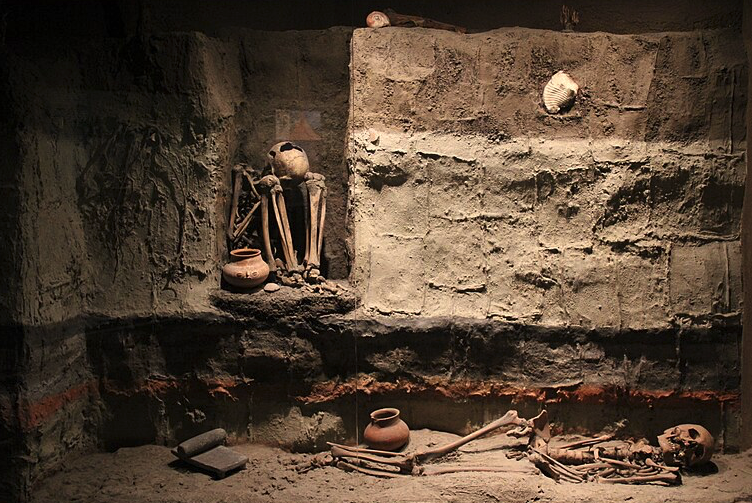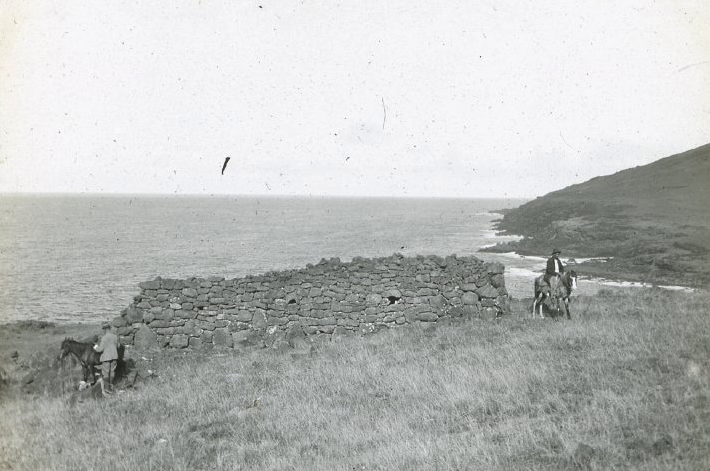
There are several cultures throughout history that have mysteriously disappeared, leaving behind only traces of their existence. These ancient cultures have caused much speculation and intrigue among historians and archaeologists.
Here are four of the most recognized vanishing cultures.
1. Indus Valley Civilization
Flourishing around 2600 BCE to 1900 BCE in what is now modern-day Pakistan and northwest India, the Indus Valley Civilization was one of the world’s earliest urban societies.

It had advanced urban planning, sanitation systems, and trade networks.
However, around 1900 BCE, the civilization declined, and its cities were gradually abandoned. The reasons for its decline remain debated, with theories ranging from environmental factors such as climate change to invasion and internal conflict.
2. Maya Civilization
The ancient Maya civilization inhabited the regions of present-day Mexico, Guatemala, Belize, Honduras, and El Salvador.

The Mayans are well-known for their sophisticated writing system, calendar, mathematics, and monumental architecture, including impressive pyramids and city-states.
The Classic Maya period (c. 250–900 CE) saw the peak of their civilization, but by the end of the 10th century, most of their major cities were abandoned. The exact reasons for the collapse of Maya civilization are still debated, with theories including environmental degradation, warfare, and political instability.
3. Ancestral Puebloans (Anasazi)
The Ancestral Puebloans were a Native American culture that inhabited the Four Corners region of the United States (present-day Arizona, New Mexico, Colorado, and Utah).

The Anasazi are known for their elaborate cliff dwellings and other architectural achievements.
Around the 13th century, many of their communities were abandoned, possibly due to a combination of environmental factors, drought, resource depletion, and social upheaval.
4. Easter Island Civilization (Rapa Nui)
Located in the southeastern Pacific Ocean, Easter Island is famous for its massive stone statues called moai.

The civilization that built these statues flourished around 1100–1680 CE but then declined rapidly.
The deforestation of the island, coupled with environmental degradation and societal upheaval, likely contributed to the collapse of the civilization.

